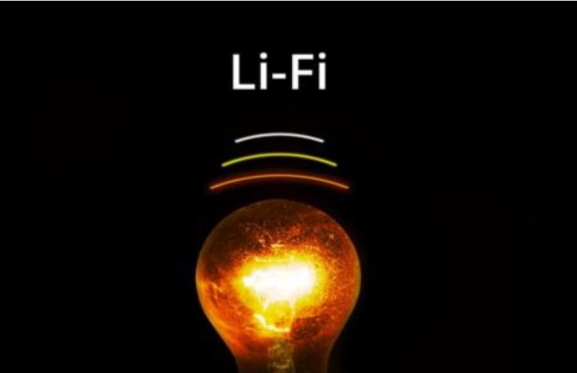An Overview of Li-Fi Technology and its Benefits
The Li-Fi (light fidelity) technology was proposed by the German Scientist namely Harald Haas. The main function of this technology is to transmit the data via light. This technology is idyllic for high-speed wireless communication in a restricted region, and it offers many benefits over Wi-Fi technology such as high bandwidth, ease of use, efficiency, and safety. These systems can communicate from street lights to auto-piloted cars using their headlights. As the light speed is superior hence the data communication speed is also faster in the existing system. Furthermore, this technology can be implemented for speedy data access for the laptops, and gadgets that will be transmitted during the beam in a room
What is LiFi Technology?
Li-Fi-light fidelity is similar to Wi-Fi technology and it is one of the future wireless communication technologies. The main feature of this technology includes fully networked, bidirectional and high-speed wireless. Nowadays, the most trending domain in wireless communication is Wi-Fi and internet users are also being increased every year. For obtaining better speed, efficiency, bandwidth, Li-Fi technology has evolved. The data transmission in this technology can be done using light because the light intensity changes quicker than the human eye for capturing. The range of data transmission in L-Fi is faster 100 times than Wi-Fi
Block Diagram of Li-Fi System
Li-Fi system mainly includes two parts namely the transmitter and receiver. The input signal at the transmitter section can be modulated with a specific time period then send the data using LED bulbs in 0’s and 1’s form. Here, the flashes of LED bulbs are denoted with 0’s and 1’s. At the receiver end, a photodiode is used to receive the LED flashes strengthens the signal & gives the output.

The block diagram of Li-Fi system is shown above, and the transmitter section includes the input, timer circuit, an LED bulb. The input of the transmitter can be any kind of data like text, voice, etc.

